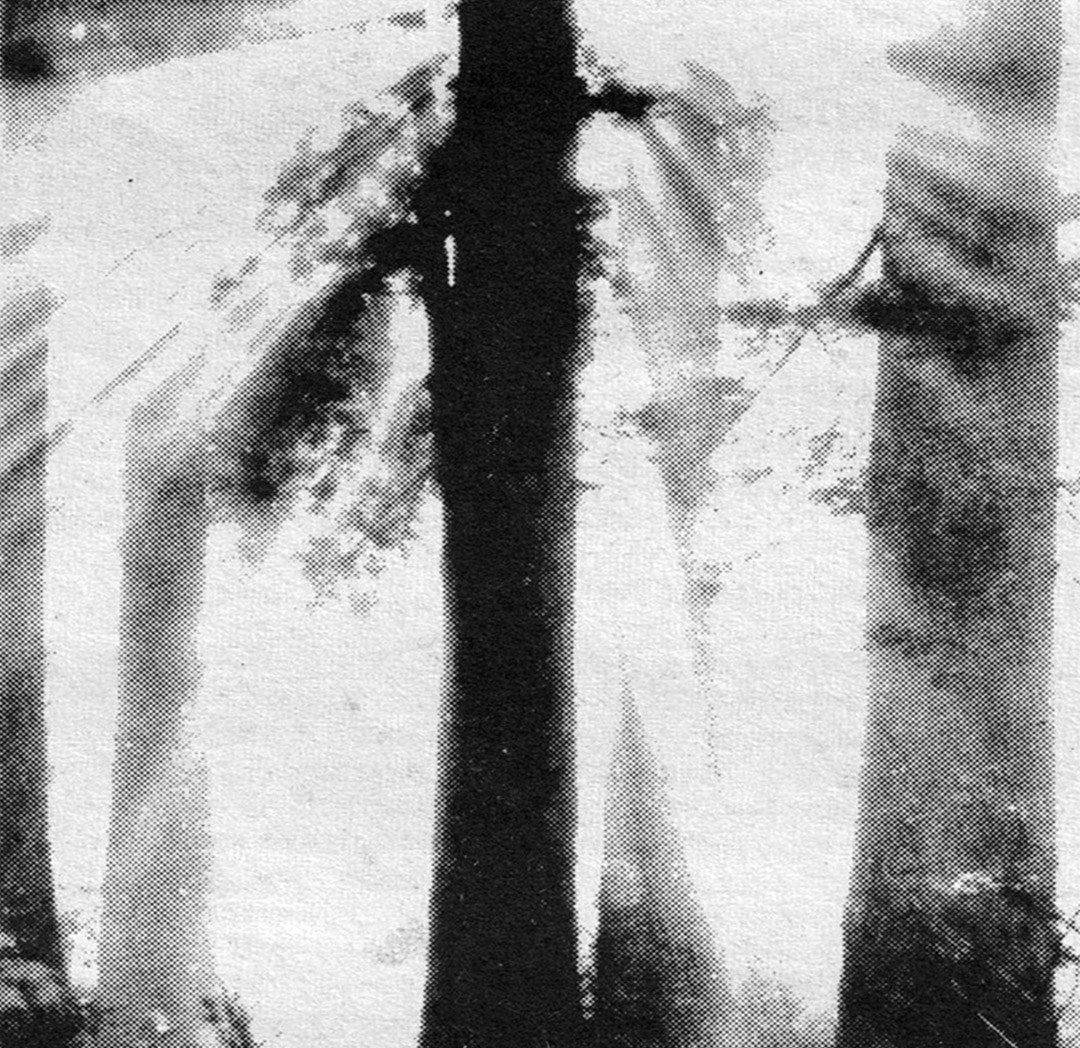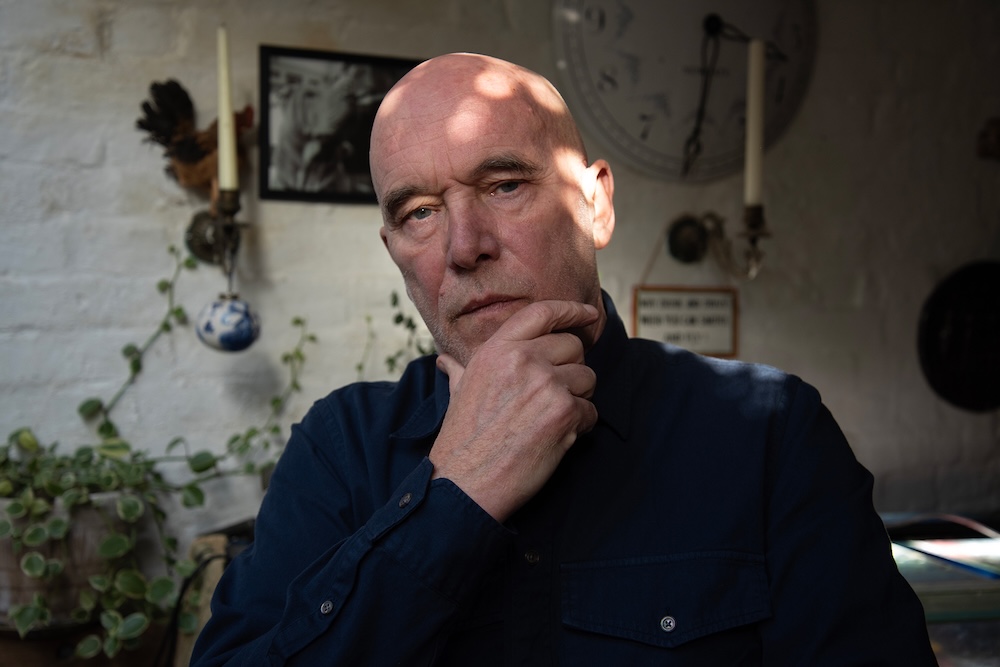I know it was last year, and that New Years Eve has since intervened, but you may recall that I signed off last week in the midst of a slight political maelstrom here in La Paz, with the government having declared an end to its petrol and diesel subsidy, and the resulting 70-odd percent price rise leading to declarations of strikes and angry accusations of betrayal. In the event, one day of major demonstrations on the 30th a day on which the main streets of La Paz were full of people instead of cars, and all businesses shut down and Evo Morales retracted the decision. The subsidy stays, it still costs 10p to cross the city in a minibus and 20p for a bunch of bananas, and the militant working classes of El Alto who voted Evo into power have shown their loyalty is not unconditional.
As I write this Im being assisted by a refreshing cup of coca mate tea. You may also recall that Evo, prior to his political career, was a cocalero a coca farmer. Coca is a potent political and cultural issue here, being caught between ancient indigenous traditions, global narcotrafficking, and simple usefulness as a plant. Given Morales background and support base, and his antagonist the USAs position as both major consumer and would-be eradicator of cocaine, these very average-looking leaves represent a nexus of issues that have far from innocent connotations.
So it makes absolute sense for filmmaker Eduardo Lpez Zavala to tell me during an interview last month about his film Inal Mama: sagrada y profana a political, visual and musical essay about coca and cocaine- that for me coca is an excuse to talk about Bolivia, and to talk about the country, placing it in a regional context and within a globalised conflict. Conceived as a kind of urban opera, with an incredible original score and beautifully produced, Inal Mama sketches a picture of Bolivia that neither worships nor condemns, but that suggests a soul in conflict.
There are two things (besides the Death Road) that are popular with tourists in La Paz. One is to spend a night at Route 36, a shady bar where they will sell you grams of cocaine along with your beer. The other is to spend a day at San Pedro prison, a stones thrown from my house and famous for featuring in the book Marching Powder(coming to cinemas near you soon). Drop the name of an expat inmate, slip the guards a bribe, and spend the day visiting the cells and the families that live there. Im unreliably informed that you can get high on coke here too if you so wish; its certainly well known that there is a very (un)healthy drug trade inside the walls. Backpackers last week were more likely to have been discussing the apparent crackdown on this odd tourist activity than the price of gasoline, as immigration cops decided to deport a handful of travellers found inside San Pedro.
One of the central characters of Inal Mama is Nacipio, a Brazilian convict in this prison who was caught smuggling cocaine across the border between Brazil and Bolivia. In many respects he is a fall guy, unlucky enough to get the rap while the men in suits behind the dirty business that is well set up throughout the whole planet, as Zavala puts it, remain as invisible mafias in South America, Europe and the States. Because one realises, he goes on, that at this level there is economically an enormous business, enormous. Which in the last thirty years has been very well conceived, constructed, implanted in the entire planet. This business is the drug economy and the drug war. And Inal Mama tackles this. It scratches below the world economy, especially the Brazilian.
But Inal Mama is not about the face of cocaine as we know it in the West. Zavala acknowledges that there are people who tell me you could have spoken more about narcotrafficking at the worldwhile levelmore about the kids and the youth, but as he explains the intention of the script of Inal Mama was for coca to be placed within the social fabricwhich is where they have a clearer sense of it. Hence the film features protests inside San Pedro prison in opposition to Law 1008, designed to help eradicate coca production, and makes clear that this social agitation is not to do with the cocaine trade, but rather the prisoners understanding of the Laws impact on traditional coca production a key agribusiness for poor campesinos in the Yungas or Charazani or Chapare.
These communities not only produce coca, but they use it too. The hoja de coca- coca leaf is integrated into their lives socially, culturally, spritually. Evo is declared president in the film and we see a young woman with coca entwined in her plaits, celebrating his success as other women shower her with leaves. In an elaborate traditional ceremony coca is scattered in offering following the sacrificial slaughter of a llama. And throughout the film you see people chewing the leaves, their cheeks bulging, in all kinds of settings. It is in order to try and widen understanding of these cultural dimensions that Zavala is keen for the film to be seen in the lands of cocaine consumption: It interests me very much indeed that it is seen in Europe and North America where you say coca and the only perception is of a packet, a mirror, in linesa hundred dollars to sniffthis is coca. The plant doesnt exist, the cultures of coca dont exist. Here there is a movement that declares Coca is not cocaine: a good slogan, Zavala thinks, for a t-shirt, or to go in front of a UN panel. But incomplete, because you need to explain to these people why it is not cocaine.
Zavala describes for me the profoundly materialist tripartite Aymara theology that divides the world into Alaj Pacha- the world above, Aka Pacha, the world we are living in, and Uku Pacha, the world below. As he says, theres no moral criteria between themabove isnt the good and below the bad, no. They are complementary, they are simultaneous or else they dont exist. And the sacred and the profane and coca it is within this order of things. In Inal Mama we have two Kallawayas itinerant healers from pre-Inca cultures that still exist in Bolivia. For Zavala the Kallawayas in some way represent Alaj Pacha; at the start of the film we see them, engaged in a coca ceremony, beginning to set up a world that is in the skies, that is Alaj PachaBut I choose two of them to go on a journey, they both travel. But one goes to the inferno, the other to the skyone travels to Apolo, he sees the little girls in the cocoa plantations, gathers medicinal plants, reflects on the stupidity of a world that takes everything we have and sends us plastic waste. Hes a sage. And the other one is too, but it is his lot to go to the miners, to the rural areasUku Pacha is the Kallawaya that goes to the miners, it is the miners. Its the imprisoned Brazilian, the women in jail etcAnd the descent into the mine is the descent to Uku Pacha as well. Symbolically. In this scene we hear one of the miners declare: brothers, without coca there is no Bolivia.
Zavala insists that it is impossible to consider the history of the mines without coca. As he goes on to explain, the face of Bolivias economy changed in the early 1980s when the MNR took the mining heart out of the economy, reorganised the economy, came out with Decree 21060, and sacked all the miners. And those miners were the ones who went to Chapare. And their children are the cocaleros. Its a very dense history, and in a country thats veryintricate in these respects. The past acts in the present in a very particular way.
Inal Mama came out at a number of foreign festivals before its release in Bolivia in December. A key reason was that Zavala himself was caught up in a major cinematic project for Bolivia: the restoration of Wara Wara, a silent film from 1930 that was only rediscovered, inside 63 canisters in the basement of a house, in 1989. I went to see Wara Wara at the Cinemateca Boliviana this evening; it is really an incredible film, and a key slice of Bolivian cultural heritage. It depicts the ruinous arrival of the Spanish conquistadores and the demise of the Inca dynasty, while at the same time striking a hopeful note with the love match between the last Inca princess and a valiant Spanish soldier. At any rate that history is a fait accompli by now, though the ramifications of cultural imperialism and its demographic effect still vibrate in Latin American society today, as do accusations of modern-day imperialism in a region that is still primarily a third world production economy.
And once again, as Inal Mama sets out, coca is a real and symbolic representation of these issues, which also has its own place in colonial history: Question the campesinos, and the working class and the labourers about coca, suggests Zavala, and they say yeah, the coca is very good because it stops us being hungry, it gives us energy, it stops us being sleepy, it cures our diseases that is an internalized colonial vision, because this is the colonialist discourse: coca is good as long as there are workers who work only for coca and alcohol. Then coca is very good indeed. It has been given these attributes, and within that you have three hundred years of literature about the relations between the chroniclers of the colony and the Kingdom of Spain, about coca. And the good/bad dichotomy that has lasted since the beginning. Coca wine was happily drunk by the popes, in the Vatican a little coca wine was very celebrated, and they loved it. But when the coca served the Indian rebels it was satanised. And you have any quantity of instructions in the Spanish Inquisition for the extirpation of idolatries etc that went directly towards the branding of coca as demonic.
So its a double discourse, always. All the time. Its a long, long story about it. I wanted to bring coca out of these confines, to which it is so commonly prescribed: coca good, coca bad, cocaine bad, coca goodEven though for me the sacred and the profane is a simultaneityamoral. Outside of the moral.
Inal Mama is a powerful film that poses questions rather than giving answers. Zavala reckons It has the force it does because there is no manipulation; there is no apologia for crime, nor is it simply an apologia for the coca leaf without any context. The context of the coca leaf today is narcotrafficking. They come togetherThis is exactly what the coca leaf does. The coca leaf sets things up, relates, conflicts, posits simultaneously the most prominent aspects of indigenous culture. And at the same time it posits the context of penalisation, of prohibition, of disqualification, of degradation, of humiliation
You can see the trailer for Inal Mama online here, or visit the website for more information (in Spanish).


















Must Reads
David Holmes – Humanity As An Act Of Resistance in three chapters
As a nation, the Irish have always had a profound relationship with the people of Palestine
Rotterdam – A City which Bounces Back
The Dutch city is in a state of constant revival
Going Remote.
Home swapping as a lifestyle choice
Trending track
Vels d’Èter
Glass Isle
Shop NowDreaming
Timothy Clerkin
Shop Now